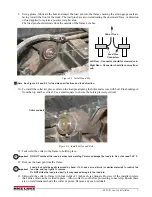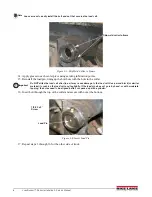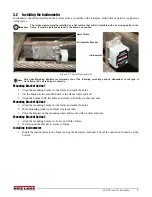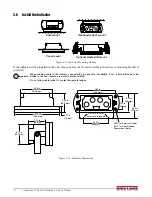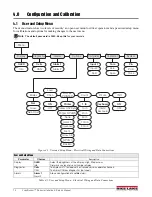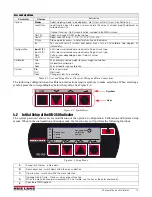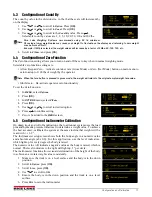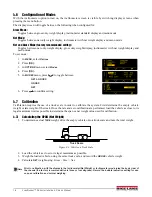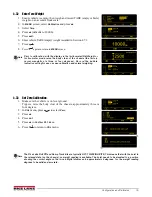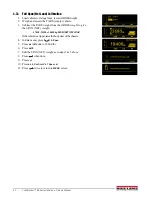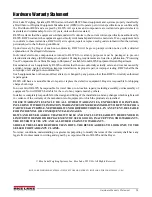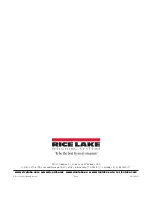
Service and Troubleshooting
21
5.0
Service and Troubleshooting
5.1
System Maintenance
This section of the manual is intended to assist the user with techniques for system maintenance and
troubleshooting. Maintenance of the onboard scale can be done quickly and needs to be done at regular intervals.
For service issues make sure you have original test numbers to work with, the test numbers help locate a problem
source quickly. Scale meters are built with simple but effective internal system diagnostics programs that isolate
component performance.
With reference to onboard scale service and repair procedures that involve load pins, trunnions and air transducers,
some fundamental precautions and recommendations must be observed by servicing personnel.
WARNING
Failure to observe these recommendations and instructions could result in a hazardous operating
condition.
• Servicing personnel must ensure that all vehicle structures are free from cracks, excessive wear, corrosion,
alignment problems, etc. that can affect safety and scale performance.
• The instructions outlined herein are designed to ensure that a properly serviced installation will provide
maximum safety, optimum system performance and accuracy, for a long operating life. It is therefore
extremely necessary that the installer comply with all guidelines and material specifications outlined in this
manual, with special emphasis on detail and inspection of work.
• Service and repair work must be in compliance with appropriate regulations of the U.S. Department of
Transportation (DOT), state and local regulations, the recommended standards and practices of the Society
of Automotive Engineers (SAE), standards of the American Welding Society (AWS), and the
recommendations of the truck, trailer and body, hoist and/or suspension manufacturer.
5.2
Calibration
System calibration needs to be performed at the time of original scale installation. Rice Lake Weighing Systems
recommends that scale calibration be repeated about one month after original scale installation to adjust for any
mechanical influences that "seat" a new scale.
There is no typical interval for scale calibration that can be universally specified. Instead, operators should keep
comparison data of onboard scale loads as compared to weights obtained from certified platform scales or
pre-measured loads. If this is not possible, six-month re-calibration intervals are recommended. See Section 4.7.
5.3
Sensor Maintenance
5.3.1
Load Pins
For hinge load pins, thorough pin lubrication is critical to proper scale performance. Ensure all load pins used in
roll-off and other pin applications are always well-lubricated.
5.3.2
Visual Inspection
At the end of each day, service personnel should perform visual inspections that look for:
• Signs of wear or "polishing"
• Signs of weld cracking or failure
• Evidence of excessive corrosion
• Evidence of potential chassis
• Body runner or support structure cracking or bending
When the load pins were originally installed, instructions specified that mounting brackets required clean, flat,
rigid and co-planar surfaces for welding. If these surfaces have become cracked, corroded or out of alignment, then
corrective action must be taken to ensure proper performance and safety of the onboard scale installation.

